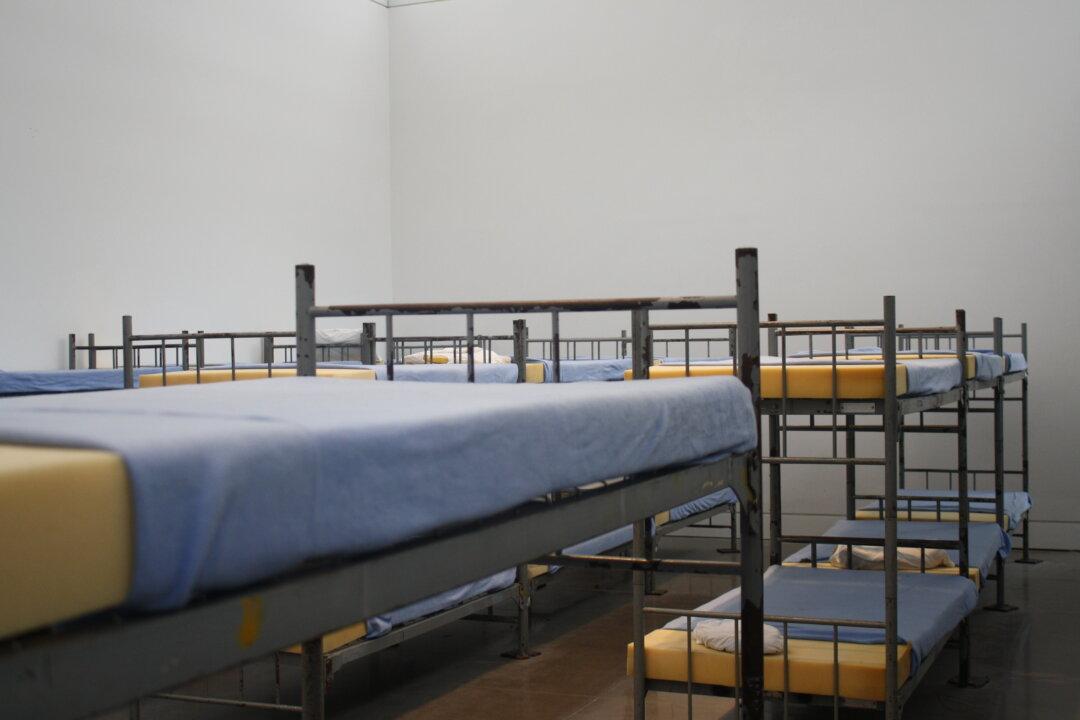More than two decades ago, I had a patient with asthma who was homeless. In the winter, her asthma was uncontrollable because of the weather and her need to walk long distances for food. She had to spend the night outdoors because there were no shelter beds available. At one point, I remember asking her if she had any warrants out for her arrest and recommended that if there were, she turn herself in so that she could have a warm, dry place in which to sleep.
I had another patient who wanted to stop using heroin. He was having a very difficult time doing so, and had been on a waiting list for treatment for over two weeks. It was frustrating for him, and also for me as his physician, because I knew that when an addict is ready to quit, treatment should be available immediately. Although the withdrawal would be painful, he suggested that if he was arrested, he would be able to stop while in jail, I knew that without real treatment, jail time would probably just lead to relapse.
Looking back, I am horrified that I would even think of jail as a solution for the health problems of my patients. Incarceration is not a social-safety net. Jailing those who are sick or homeless is inhumane. It is the most expensive way to address a problem that we should be able to solve in the community. For too long, we in California have incarcerated people with mental health conditions and drug abuse problems instead of offering them treatment or implementing programs to prevent “acting-out” behavior in the first place.
When proposition 47 passed in 2014, the hope was that prison spending would be focused on those who have committed violent and serious offenses, while the money saved by releasing many who had been incarcerated for non-serious crimes could be invested into prevention and support programs.
Eighteen months after the implementation of this proposition, what has happened in Sacramento County?
As of October 2015, the number of people held in Sacramento jails on Proposition 47 eligible offenses has decreased by 42 percent. According to a recent study released by the Building Healthy Communities collaborative, this translates into a savings of at least $22,992,080.
